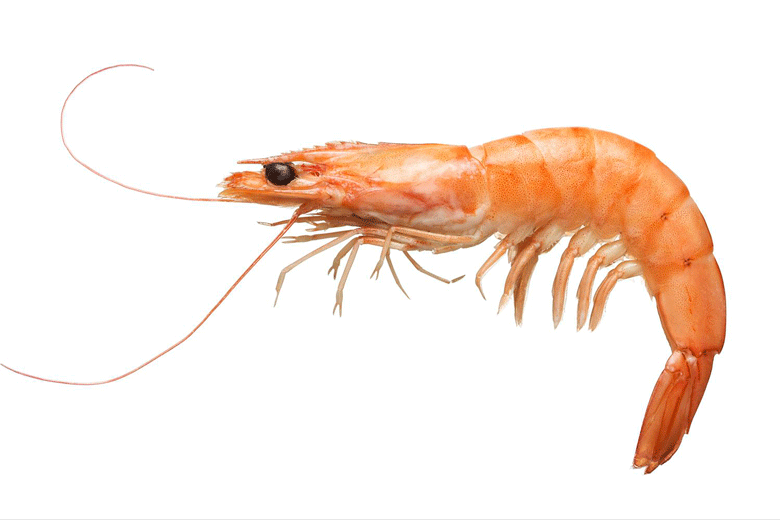As the herring gull flies, it’s 1,500 miles between Madison Bay Harbor and the nearest saltwater at Hudson Bay in the Arctic Ocean.
Maybe that’s because Madison Bay Harbor isn’t a real harbor, and there are neither herring gulls nor saltwater to be found anywhere on the Dakota plains.
Madison Bay Harbor is a proposed aquaculture center with big plans to grow 1.3 million pounds of shrimp in land-locked Madison, S.D., population 7,000 and change. Construction of a new $89 million facility using proprietary shallow-water “tidal basin” technologies is expected to begin later this year, investor financing permitting. The system was developed by Texas A&M University to accommodate automated, 24/7/365 indoor shrimp production.
Headquartered in nearby Balaton, Minn., population under 600 at last count, Tru Shrimp is now working with the U.S. Securities and Exchange Commission (SEC) to finalize its initial public offering (IPO).
“Balaton Bay Reef has eight tidal basins, which demonstrates the vertical stacking/farming feature…”
If successful, proceeds from IPO stocks sales through the Nasdaq exchange will be invested in expanding the company’s $11 million Balaton Bay Reef, the beta-site pilot production plant, which Tru Shrimp says is now capable of annual production of 45,000 pounds of heads-on, shell-on shrimp targeted at Minneapolis-St. Paul grocery retailers.
The number of shares to be offered and an initial share price has yet to be determined. Documents filed with the SEC in early February anticipate an initial IPO price of $9 to $11 per share.
Tru Shrimp’s filing with the SEC shows approximately $70 million has been invested in the development of its tidal basin aquaculture platform, which the company claims is an ideal environment for land-based shrimp production. “Our processes and technology have been proven at scale at our Balaton Bay Reef pilot production facility,” the company says in its initial filing.
“Balaton Bay Reef has eight tidal basins, which demonstrates the vertical stacking/farming feature of our technology and incorporates all systems and processes envisioned for a full-size, automated commercial production facility, including water reclamation, biofiltration, robotic feeding, and harvest process.”
Tru Shrimp’s business plan projects significant revenues—$21 million annually—to be realized through processing shrimp shell exoskeleton materials to produce chitosan and chitosan derivatives. As biopolymers, they are used in water treatment processes, pharmaceutical, and cosmetic production, as well as biomedical applications.
Chitosan is used broadly in biomedical and pharmaceutical applications such as tissue and bone regeneration and wound care. Chitosan is also used as a nanoparticle technology carrier of drug therapies to the brain and other organs. One report estimates the 2019 global chitosan market at $6.4 billion.
Meanwhile, in Maine, the warming of the waters of the Gulf of Maine has mothballed the state’s once-lucrative shrimp fishery.
According to the National Oceanic and Atmospheric Administration, Americans consume over 1.7 billion pounds of shrimp annually. NOAA reports approximately 1.5 billion pounds of shrimp are imported into the U.S. primarily from India, Southeast Asia, and Ecuador.
The remaining 248 million pounds are produced via landings from the Gulf of Mexico and Atlantic seaboard fisheries.
Data collected by the National Fisheries Institute show the average American consumes 4.7 pounds of shrimp annually, which is twice the consumption rate of tuna and 1.5 times that of salmon, the next two most highly consumed seafood species.





